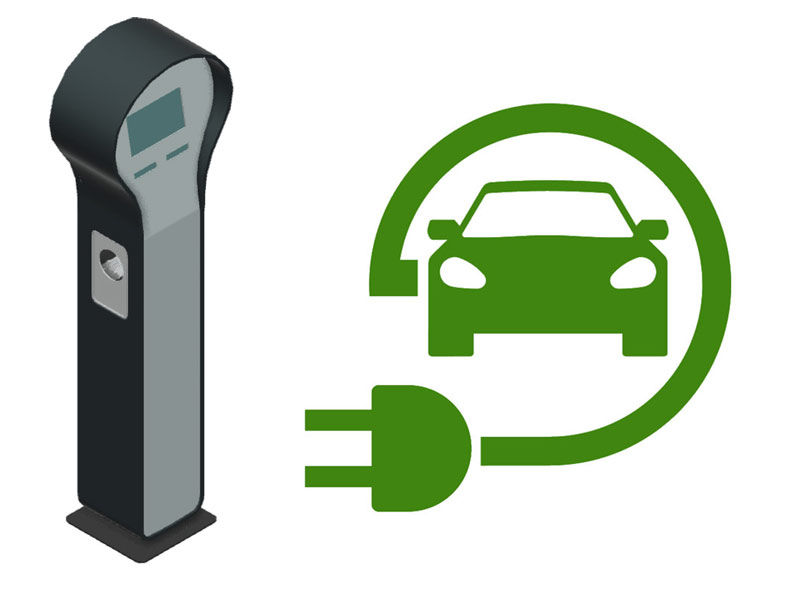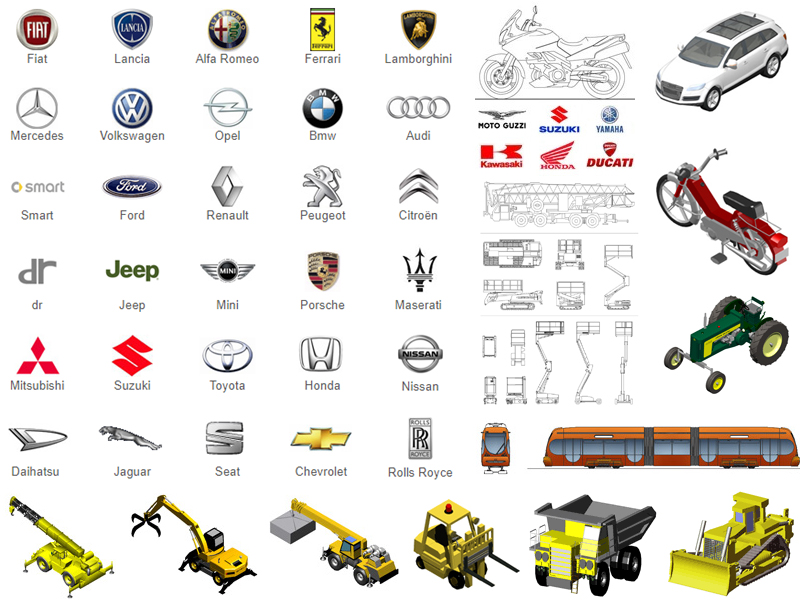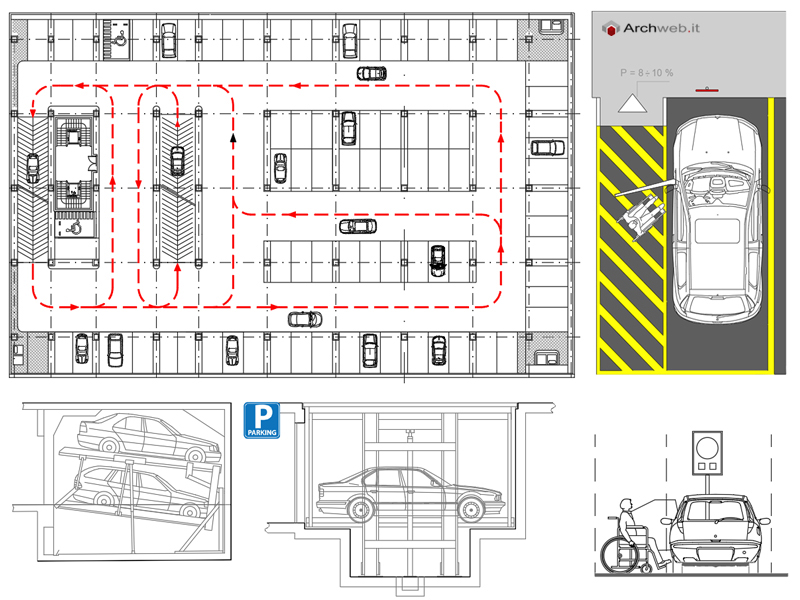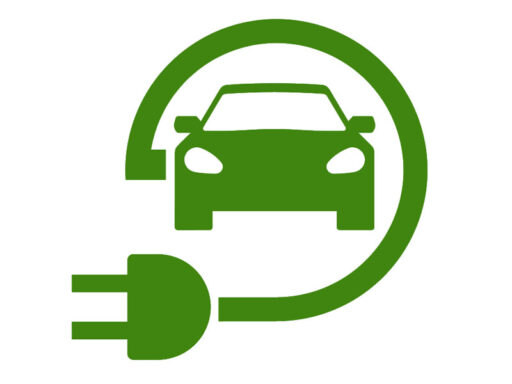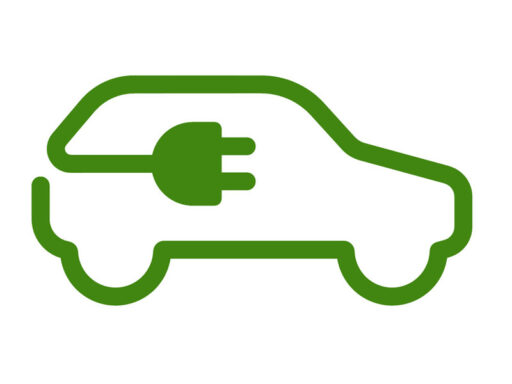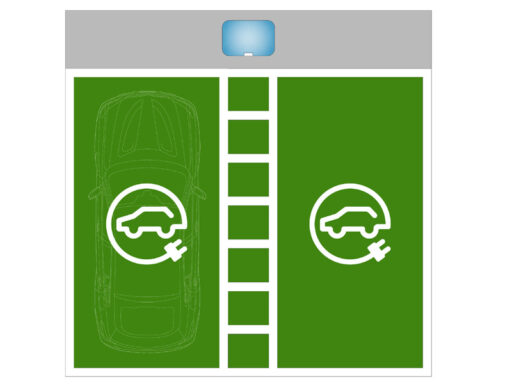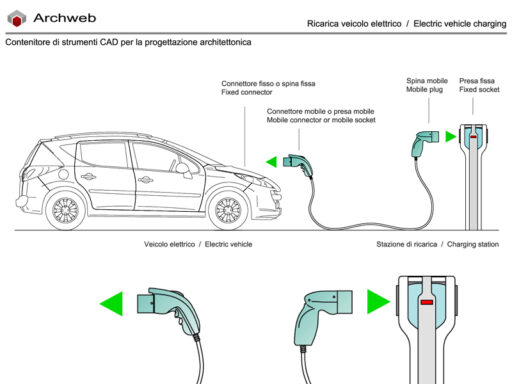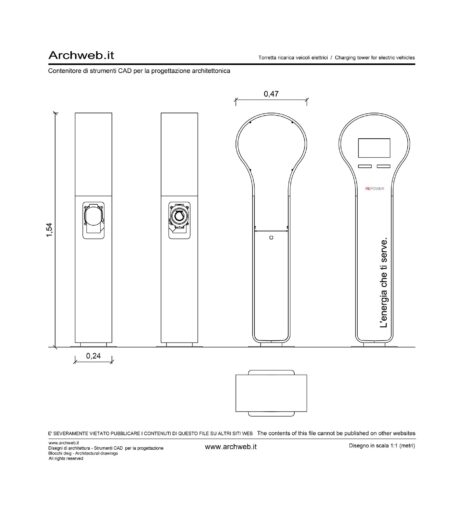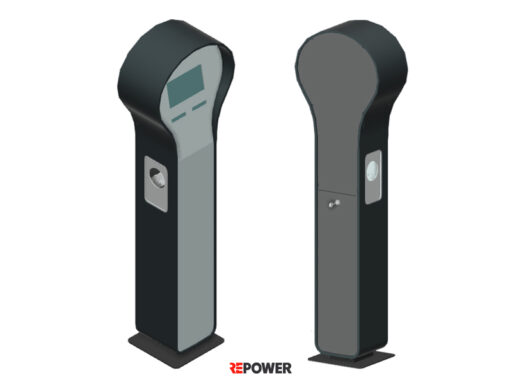Sustainable mobility
Parking lots and electric columns
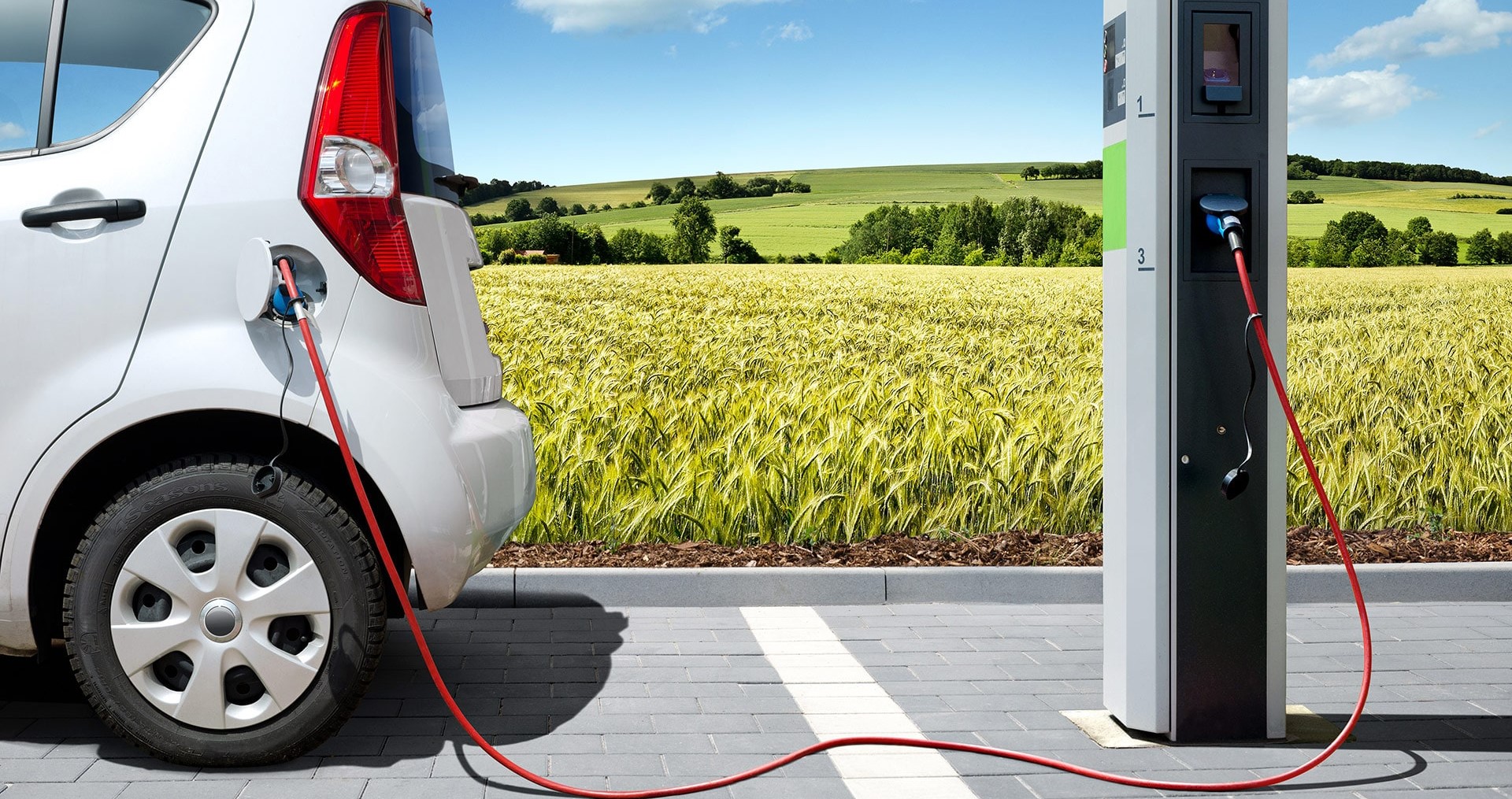
The issue of sustainability directly concerns countless areas including that of urban mobility. It is clear that today, our urban areas are affected by the constant increase of smog and how the situation is increasingly critical. To overcome this problem, one of the possible solutions is represented by electric cars which, thanks to their numerous benefits, are able to bring about a marked improvement in terms of atmospheric pollution. In addition, those who own a vehicle of this type, in many cities, can enjoy access to limited traffic areas at all hours and free parking on the blue lines, usually for a fee. However, these are benefits that vary according to the centers as each union management can decide on different choices on the matter.
Here is a brief insight into the topic.
Electric cars and charging stations
As mentioned above, electric cars are a valid alternative to traditional ones to which a substantial percentage of the factors that cause low air quality in today’s cities are attributable. Furthermore, thanks to greener mobility, it is possible to obtain excellent energy and economic savings. These factors have led to a real legislative reform in the field of transport which has been implemented through specific decree laws aimed at investing more in electric cars and related services.
In fact, the current urban scenario sees an ever-increasing number of charging stations for electric vehicles. They differ in turrets for accelerated charging and columns for fast charging. The two types are chosen on the basis of the type of area where they will be installed: residential areas, intended for the tertiary sector, interchange and high traffic areas, for the former; roads with dense flows, railway stations, goods exchange areas, for the latter.
Charging stations can be public or private. The former are powered by the major energy managers and are located along road arteries and near interchange poles such as stations and airports. The private columns, on the other hand, are linked to the parking lots belonging to shops, restaurants and shopping centers. In order to facilitate the user experience, today numerous Apps are available aimed at creating urban “networks” capable of signaling the presence of the turrets in the area and their availability for use at the desired time.
To view the technical drawing of a car park used for charging electric cars, click here.
Difference between charging and parking
With regard to electric cars, it is important to make a distinction between the stop for parking and the stop for recharging the same. This is an important clarification as it often creates confusion and motorists in front of the areas equipped with signs and columns mistake them for stall areas.
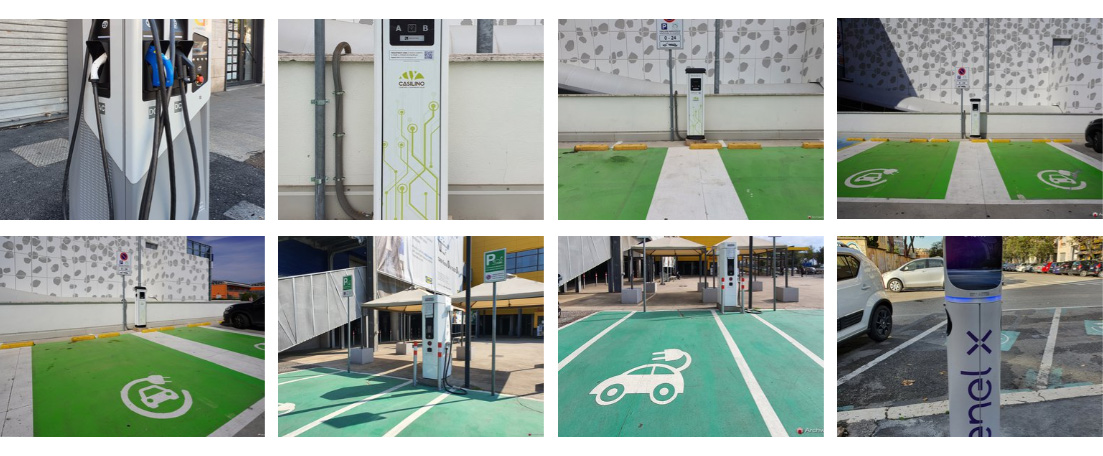
With regard to electric cars, it is important to make a distinction between the stop for parking and the stop for recharging the same. This is an important clarification as it often creates confusion and motorists in front of the areas equipped with signs and columns mistake them for stall areas. This phenomenon causes the problem of those who, in need of recharging their cars, find the areas occupied by vehicles already loaded and yet still parked. Then we must add the non-electric cars that nevertheless stop illegally in the charging areas. For this reason, a regulation has been introduced (DL Simplifications – 76/2020) which penalizes those who leave the car in the areas intended for the electric recharging of cars, for a time exceeding the first hour from the end of the recharge. . Once the power supply is complete, the electric cars can be parked in a normal parking lot for motor vehicles.
Charging columns: towed intervention of the 110% bonus
We talked about the electric columns that distinguish the charging areas within our cities, but today they can also be inserted in the appurtenant spaces of the residences, serving the inhabitants of the real estate units. Since this is an initiative that promotes “green” mobility, the insertion of the charging towers is considered a tax deductible intervention within the:
- 110% bonus: as an intervention driven by the driving measures (external insulation, replacement of heating systems, roof insulation) as long as they lead to the improvement of two energy classes of the building concerned.
- tax deduction of 50%: on the costs incurred for the installation of the columns with some spending limits commensurate with the type of building (single-family houses, medium-sized buildings, large housing complexes) and the number of charging stations
Unaware of the future scenario of electric cars, what can be said today is that these solutions could solve many of the problems that lie at the basis of poor atmospheric quality and the health situation of citizens, put at risk every day.


























































